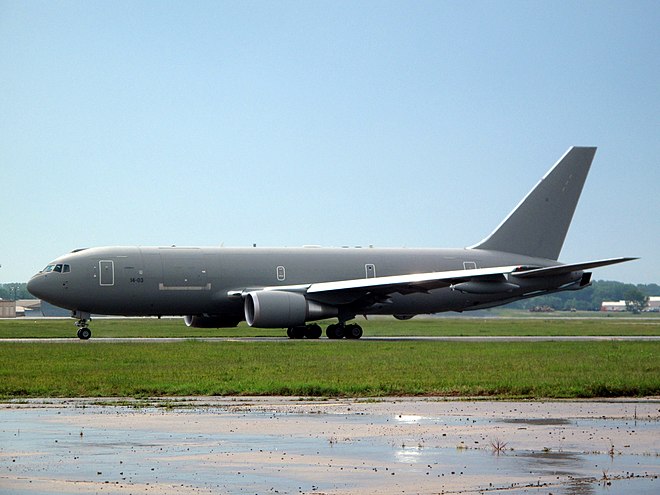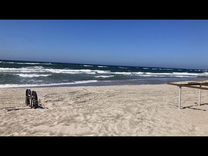
Program KS-46A Pegasus
KC-46A Pegasus
For the US Air Force, the program to build new tanker aircraft KC-46A Pegasus is one of the top priorities. The average age of old KC-135 Stratotanker aircraft is 60 years old and now is the last moment to replace them with a new design. Initially, the KC-46A program suffered from technological problems and delays, which, however, Boeing managed to overcome. The manufacturer plans to transfer the first 18 tankers of this type to the Air Force by January 2018.
The history of the tender for new tanker aircraft for the US Air Force (US Air Force, USAF) began in the first decade of the 767th century. The Air Force then decided to lease a few dozen KC-767A tanker aircraft from Boeing, built on the Boeing 20 communication model. This was to be an out-of-bid agreement, through which the USAF could acquire new tankers relatively quickly. However, the Air Force's decision was criticized by Congress, which believed that it was more economically rational to buy planes rather than rent them. In response, the US Air Force said it would only lease 80 machines and buy 2003. However, in November XNUMX opponents of such a decision in Congress torpedoed the plans.
For the next few years, the case remained unaddressed. In January 2007 alone, the US Air Force announced a formal tender for the purchase of 179 new KC-X tanker aircraft at a cost of approximately $30 billion. The following companies participated in the tender: Boeing and the Northrop Grumman-EADS consortium. In February 2008, the Air Force selected a proposal from the Northrop Grumman-EADS consortium, a KC-45A aircraft based on the Airbus A330 communications. However, Boeing did not give up, and the following month protested the tender committee's decision, saying the Air Force had evaluated both proposals on its own criteria. In June 2008, the United States Government Accountability Office (GAO) upheld Boeing's protest, which led to the cancellation of the entire tender.
In September 2009, the KC-X tender was launched for the third time. Boeing and Northrop Grumman-EADS once again took part. On February 24, 2011, the US Air Force announced that Boeing had won the tender for a new tanker aircraft. The company has been awarded a $4,9 billion contract to develop, build and deliver by 2017 four air-to-air tanker test aircraft, designated the KC-46A. The entire tranche of 179 aircraft should be delivered by 2027.
Flight of the prototype EMD-1
The design of the KC-46A is based on the commercial Boeing 767-2C, which was fitted with an upgraded boom from the KC-10A Extender and a deck and cockpit from the Boeing 787-400. June 21, 2013 the construction of the wing for the first prototype - the so-called. prototype for engineering, manufacturing and design (EMD), designated Boeing 767-2C (EMD-1). Two months later, the US Air Force completed the so-called Critical Design Review (CDR) - a month earlier than planned. A positive CDR evaluation signaled the green light for construction of the EMD-1 to begin. In total, it is planned to build four EMD aircraft. Models EMD-1 and EMD-3 are base 767-2C models without rigid boom fuel transfer systems, two Cobham WARP (Wing Aerial Refueling Pod) hoppers and target equipment. They are used for soil strength tests, climatic tests, fire tests, etc. In turn, the EMD-2 and EMD-4 installations are complete test installations, the so-called. functional tankers equipped with all target systems and capable of full air testing.

